Luis Fernandez-Luque
Disparate Model Performance and Stability in Machine Learning Clinical Support for Diabetes and Heart Diseases
Dec 27, 2024



Abstract:Machine Learning (ML) algorithms are vital for supporting clinical decision-making in biomedical informatics. However, their predictive performance can vary across demographic groups, often due to the underrepresentation of historically marginalized populations in training datasets. The investigation reveals widespread sex- and age-related inequities in chronic disease datasets and their derived ML models. Thus, a novel analytical framework is introduced, combining systematic arbitrariness with traditional metrics like accuracy and data complexity. The analysis of data from over 25,000 individuals with chronic diseases revealed mild sex-related disparities, favoring predictive accuracy for males, and significant age-related differences, with better accuracy for younger patients. Notably, older patients showed inconsistent predictive accuracy across seven datasets, linked to higher data complexity and lower model performance. This highlights that representativeness in training data alone does not guarantee equitable outcomes, and model arbitrariness must be addressed before deploying models in clinical settings.
Adversarial Unsupervised Representation Learning for Activity Time-Series
Nov 14, 2018
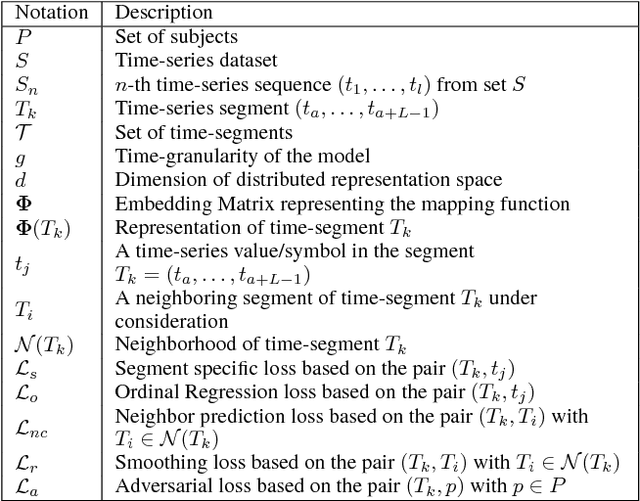

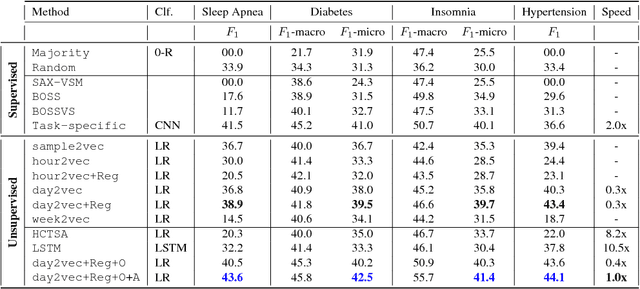
Abstract:Sufficient physical activity and restful sleep play a major role in the prevention and cure of many chronic conditions. Being able to proactively screen and monitor such chronic conditions would be a big step forward for overall health. The rapid increase in the popularity of wearable devices provides a significant new source, making it possible to track the user's lifestyle real-time. In this paper, we propose a novel unsupervised representation learning technique called activity2vec that learns and "summarizes" the discrete-valued activity time-series. It learns the representations with three components: (i) the co-occurrence and magnitude of the activity levels in a time-segment, (ii) neighboring context of the time-segment, and (iii) promoting subject-invariance with adversarial training. We evaluate our method on four disorder prediction tasks using linear classifiers. Empirical evaluation demonstrates that our proposed method scales and performs better than many strong baselines. The adversarial regime helps improve the generalizability of our representations by promoting subject invariant features. We also show that using the representations at the level of a day works the best since human activity is structured in terms of daily routines
Impact of Physical Activity on Sleep:A Deep Learning Based Exploration
Jul 24, 2016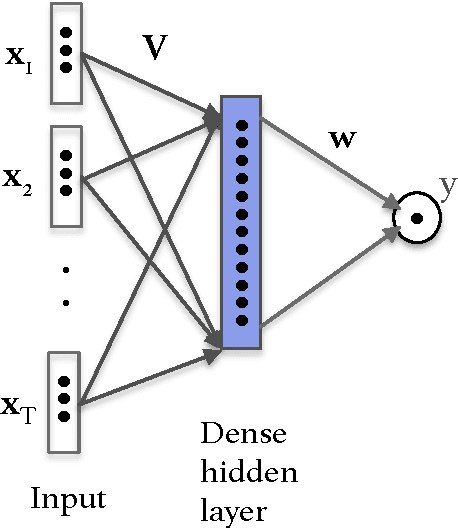
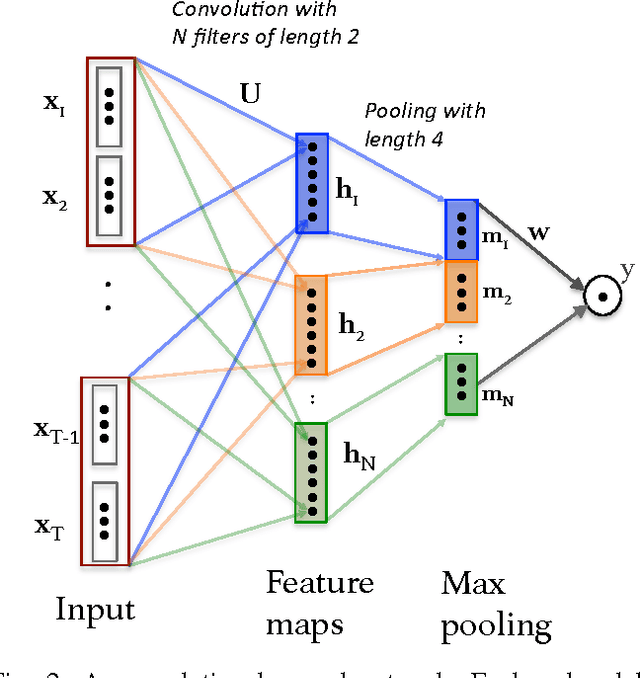
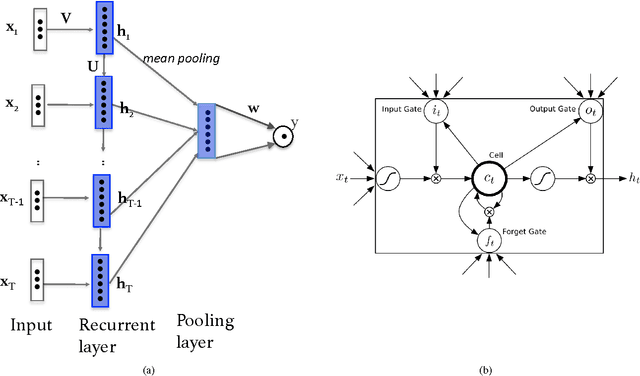
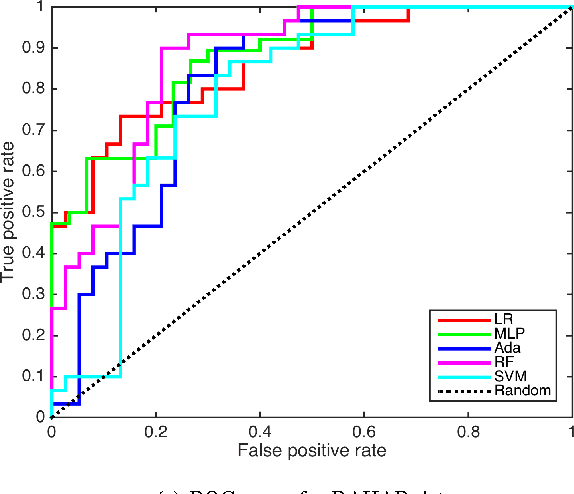
Abstract:The importance of sleep is paramount for maintaining physical, emotional and mental wellbeing. Though the relationship between sleep and physical activity is known to be important, it is not yet fully understood. The explosion in popularity of actigraphy and wearable devices, provides a unique opportunity to understand this relationship. Leveraging this information source requires new tools to be developed to facilitate data-driven research for sleep and activity patient-recommendations. In this paper we explore the use of deep learning to build sleep quality prediction models based on actigraphy data. We first use deep learning as a pure model building device by performing human activity recognition (HAR) on raw sensor data, and using deep learning to build sleep prediction models. We compare the deep learning models with those build using classical approaches, i.e. logistic regression, support vector machines, random forest and adaboost. Secondly, we employ the advantage of deep learning with its ability to handle high dimensional datasets. We explore several deep learning models on the raw wearable sensor output without performing HAR or any other feature extraction. Our results show that using a convolutional neural network on the raw wearables output improves the predictive value of sleep quality from physical activity, by an additional 8% compared to state-of-the-art non-deep learning approaches, which itself shows a 15% improvement over current practice. Moreover, utilizing deep learning on raw data eliminates the need for data pre-processing and simplifies the overall workflow to analyze actigraphy data for sleep and physical activity research.
 Add to Chrome
Add to Chrome Add to Firefox
Add to Firefox Add to Edge
Add to Edge